Yes we can. Here is a picture of 200 years of history. This is not a picture of nature. That’s the strangest thing. The lake is managed, not for its own needs but for human ones. That’s politics, in a system laid down as a British compromise with American gold rush vigilante law in 1858, coupled with Indigenous trust (long since lost) that the newcomers would grow up and become adults.
Okanagan Lake. Photo by Harold Rhenisch.
There is no political system here that can control human behaviour to the degree the land and water need. That means that the lake, the heart of the valley, has lost its salmon, its big trout, most of its freshwater clams, almost all of its clarity, and its wetlands. It is polluted with invasive shrimp that turn it into a desert and is used both to hold treated sewage and to swim in. The forests around it are industrial and the grasslands and wetlands that fed the lake have been transformed into vineyards, orchards, golf courses and houses. There are a few parks, operating as urban playgrounds — escape valves for the 19th century cities we live in. The sky above the lake has been fouled with automobile exhaust. That is not fog on that water. That brown is not a sunset. There’s more of that dirty air below. The image does not, however, show a missing wetland. Rather it is a drainage ditch and walking trail that ducks cannot use, because of dog and human disturbance, and it does not link to the lake to fill it with nutrients. It is the result of engineering the land into a canal to provide water for agriculture, on the principle that an agricultural economy harnessed to trade could generate the taxation that would pay for a government, and the transformation of this industrial ruin into a place where humans can exercise their bodies. As if bodies were property!
Gray Canal Trail. Photo by Harold Rhenisch.
And that’s it. That model — division of common land into property, trade, taxation, the transformation of the Earth into an industrial engine — is still operative. We haven’t grown up at all. Obviously, it’s hard to do, which is why I will be continuing with the history of Cascadia, the history that got us into the mess. That’s what you’re seeing in the image above. It takes time, and I intend to give it the space it needs over the next weeks and months. After all, Indigenous people were also turned into property here, 150 years ago, just as the land was. One of the biggest changes we can make is to change that foundation by telling a better story. This was, for example, never nature. Making romantic images of it …
Turtle Mountain’s “Rocky Ridge Park”. Photo by Harold Rhenisch.
… don’t erase its history. This was always social space. The image above shows a syilx wild garden on Turtle Mountain, with Siya? the Food Chief on a volcanic bluff now being eroded as a park. In other words, its people have been removed. We, who are also the land’s people, have been similarly removed, and offered aesthetic and physical contemplation in the place of food gathering and protection. Industry pays for the scheme, but the Earth is becoming impoverished. So, the next tie you see a nature image of the Okanagan Valley, please remember that it is an image of history, not Nature. Nature was expelled from our settlements in 1858. If we want it back, we will have to re-settle the place. And that means finding the hope in the original settlement. For that reason, we’ll go visit the Whitmans in Waillatpu’u, to see what was going on in the 1840s that led to our dirty air today. See you there.

Waillatpu’u Mission.
Marcus Whitman didn’t pay his rent.
Categories: Agriculture, Atmosphere, Earth, Erosion, Ethics, First Peoples, Grasslands, History, Industry, invasive species, Nature Photography, Pacific Northwest

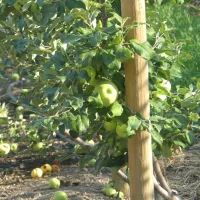





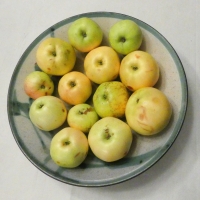

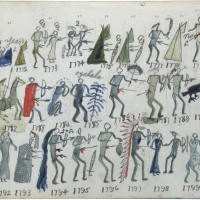
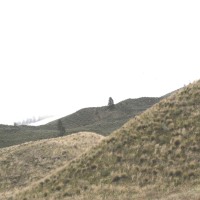
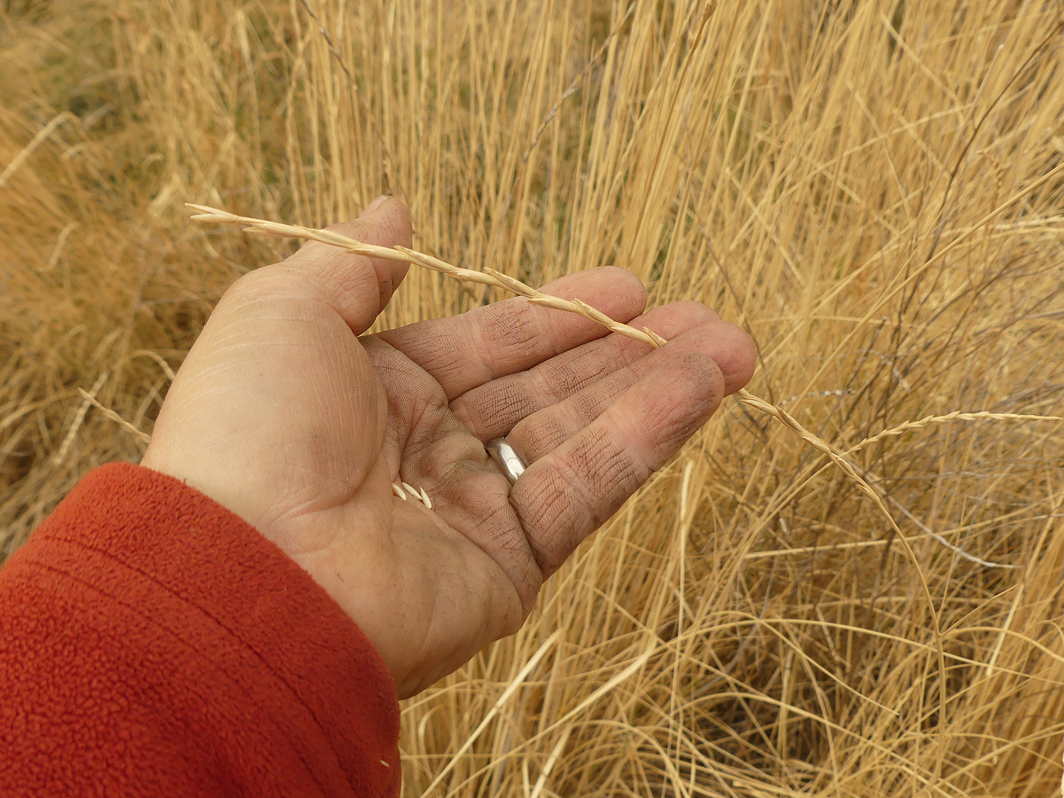





A history of property, sigh.
LikeLike